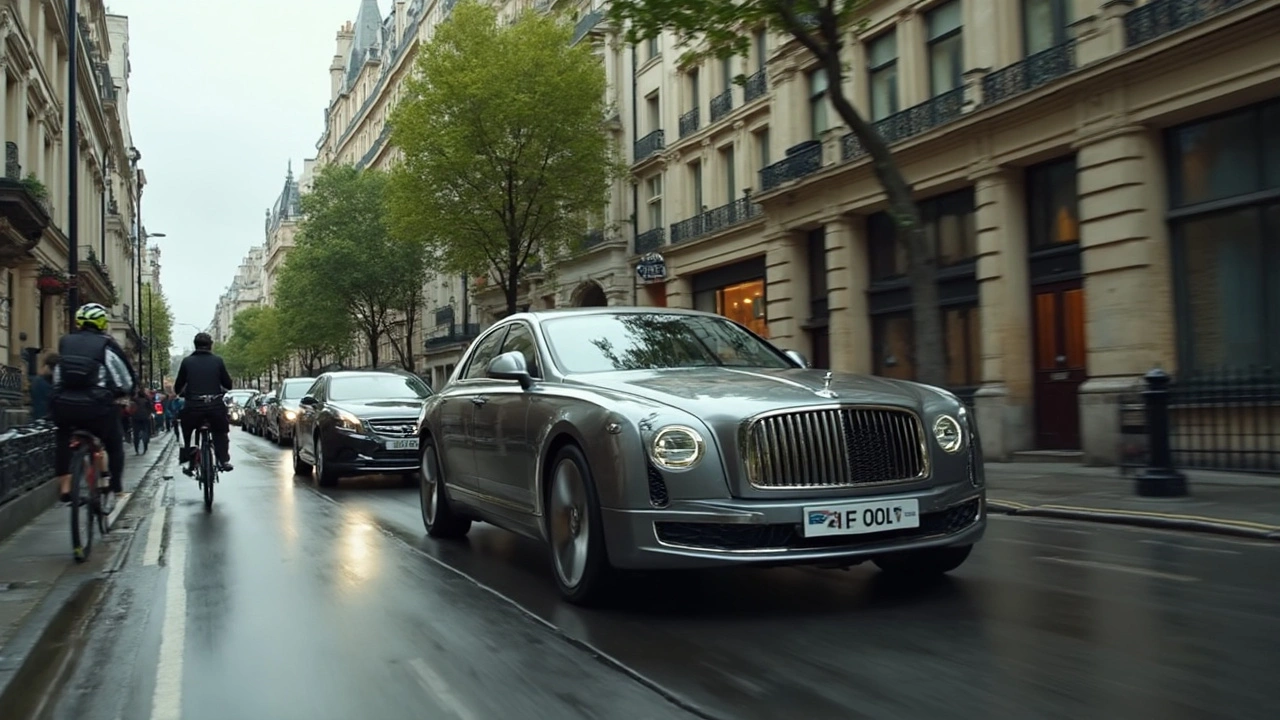E10 Escorts, widely discussed in Australia, provide eco-friendly transportation services utilizing E10 ethanol-blended fuel. As environmental concerns rise, so does the interest in alternative fuel options, making these services a sensible choice. This article explores what E10 fuel is, why it's used, and offers valuable tips for those considering these services. Get to know how E10 fuels can be both an economical and environmentally savvy option for transportation around Sydney.
Read MoreEthanol Fuel: What It Is and Why It Matters
If you’ve ever seen fuel pumps labeled E10, E15 or E85, you’ve already encountered ethanol fuel. It’s simply alcohol made from plants – mainly corn or sugarcane – mixed with gasoline. The blend number tells you how much ethanol is in the mix. For example, E10 means 10% ethanol and 90% gasoline.
Why bother with ethanol? First, it’s a renewable resource. Plants grow back every year, so you don’t drain the earth’s oil reserves. Second, it burns cleaner than pure gasoline, which can mean lower carbon emissions and less smog in busy cities.
How to Use Ethanol in Your Vehicle
Most modern cars can handle at least E10 without any modifications. Some flex‑fuel vehicles (FFVs) are built to run on up to E85, which is 85% ethanol. If you own an FFV, you can switch to a higher blend for better fuel economy and a smaller carbon footprint. Just check your owner’s manual or the fuel gauge label on the pump.
When you fill up, look for pumps that clearly display the blend. If you’re unsure, ask the station attendant. Keep in mind that ethanol contains less energy per gallon than gasoline, so you might notice a slight dip in miles per gallon (MPG) when you go to a higher blend.
Benefits and Drawbacks to Know
On the plus side, ethanol is domestically produced, which can reduce dependence on foreign oil. It also supports farmers who grow the feedstock, boosting the local economy. From an environmental angle, ethanol burns with fewer pollutants, helping air quality.
There are some downsides, too. Because ethanol is hygroscopic, it can absorb water, which can lead to corrosion in older engines not designed for it. Also, the production process uses a lot of water and land, so the overall sustainability depends on how efficiently it’s farmed.
If you’re thinking about switching, start small. Try an E15 blend if your car allows it, then monitor fuel economy and performance. Most drivers notice no major issues, and the price at the pump can be a bit lower than pure gasoline.
For generators, many portable models now list ethanol‑compatible blends. Using ethanol can keep your engine cleaner, but always follow the manufacturer’s recommendations to avoid warranty problems.
In short, ethanol fuel offers a practical step toward greener transportation without a full overhaul of your ride. It’s affordable, widely available, and easy to use in most newer cars. Keep an eye on blend levels, watch your MPG, and you’ll enjoy a smoother, more sustainable drive.
